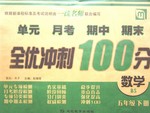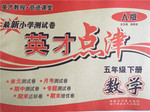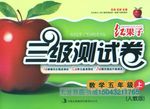题目内容
They are just college graduates and don’t realize ____ to start and run a company.
A. what takes it B. what they take C. what takes them D. what it takes
D

练习册系列答案
 全优冲刺100分系列答案
全优冲刺100分系列答案 英才点津系列答案
英才点津系列答案 红果子三级测试卷系列答案
红果子三级测试卷系列答案
相关题目
题目内容
They are just college graduates and don’t realize ____ to start and run a company.
A. what takes it B. what they take C. what takes them D. what it takes
D

 全优冲刺100分系列答案
全优冲刺100分系列答案 英才点津系列答案
英才点津系列答案 红果子三级测试卷系列答案
红果子三级测试卷系列答案